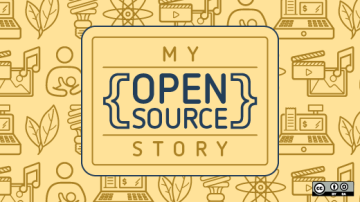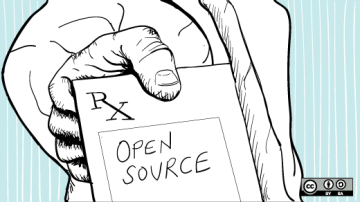
Tony McCormick has worked in various health IT care related activities for the last 30 years, including Medical Practices, Health Maintenance Organizations, Preferred Provider Organizations and charity clinics.
He is also a steering committee member and integrator of https://LibreHealth.io for the LibreEHR (https://libreehr.org).
He is a long time contributor/committer and former board member of the OpenEMR project (https://www.open-emr.org), a GPL licensed project.
He is the CTO and President of Medical Information Integration,LLC in Oregon (https://www.mi-squared.com) and Technical Director of Vircon Solutions, Ltd, in Ireland (https://virconhealth.com).
Projects include work designing and developing data collection systems for the health care industry using open source based solutions.





Authored Comments
Timely reminder for me (and good write up!) I'm about to move some simpler websites off wordpress and I planned on including an editor UI for the 'admin' user(s).
There is a big difference between a PHR and a PHI. I agree that current PHRs are limited, this is primarily due to the non-open nature of most EHR systems. Standards that have evolved around calendars and now patient care records will help ease that IF the vendors adopt them (as in:who pays for it). On the other hand, if they don't the open source EHRs will eat them alive :-).
A PHI, in my opinion, does not need that kind of rich feature set to be useful to the patient. It needs only to be able to consume and merge CCR/CCD data from multiple sources so that the patient has a complete picture of their medical record and the ability to share it and/or get it corrected.